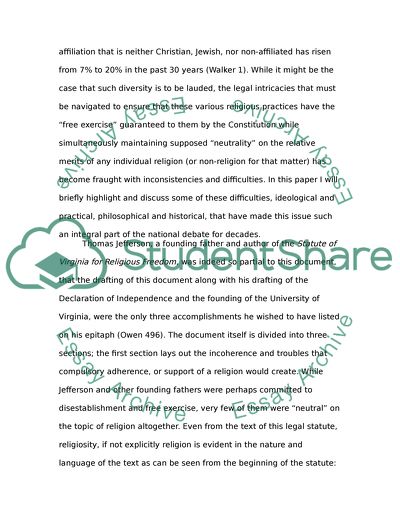Cite this document
(“Separation of Church and State Essay Example | Topics and Well Written Essays - 2000 words”, n.d.)
Separation of Church and State Essay Example | Topics and Well Written Essays - 2000 words. Retrieved from https://studentshare.org/miscellaneous/1512614-separation-of-church-and-state
Separation of Church and State Essay Example | Topics and Well Written Essays - 2000 words. Retrieved from https://studentshare.org/miscellaneous/1512614-separation-of-church-and-state
(Separation of Church and State Essay Example | Topics and Well Written Essays - 2000 Words)
Separation of Church and State Essay Example | Topics and Well Written Essays - 2000 Words. https://studentshare.org/miscellaneous/1512614-separation-of-church-and-state.
Separation of Church and State Essay Example | Topics and Well Written Essays - 2000 Words. https://studentshare.org/miscellaneous/1512614-separation-of-church-and-state.
“Separation of Church and State Essay Example | Topics and Well Written Essays - 2000 Words”, n.d. https://studentshare.org/miscellaneous/1512614-separation-of-church-and-state.


